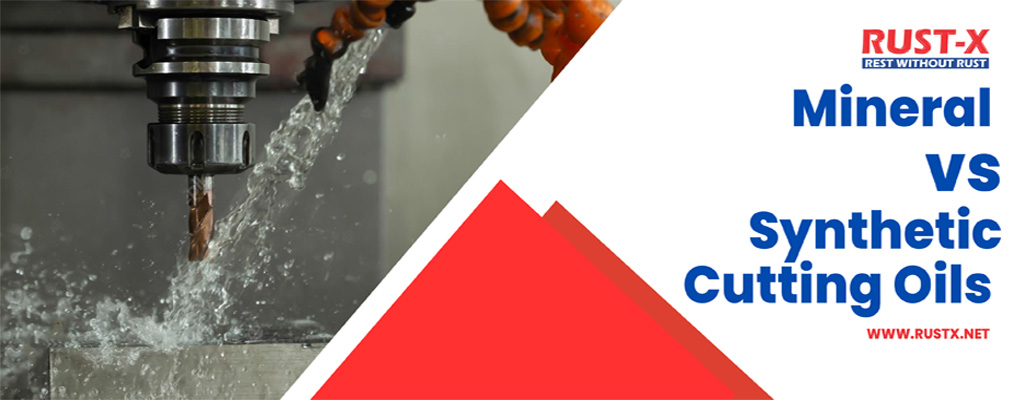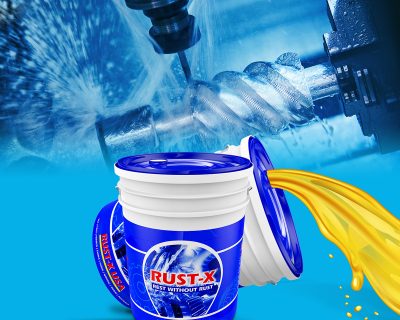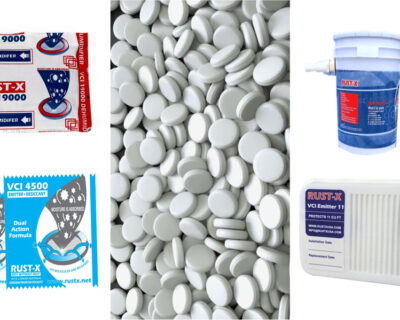Blog

Mineral Cutting Oil vs. Synthetic Cutting Oils
Cutting oils play a crucial role in the machining process, providing lubrication and cooling to the cutting tool and workpiece. There are two primary types of cutting oils available on the market: mineral cutting oil and synthetic-based cutting oils. In this article, we will compare mineral cutting oils to synthetic cutting oils and explore which one is best for your machining application.
Mineral Cutting Oil
Mineral cutting oils are made from crude oil and are the most widely used type of cutting oil. They are highly effective in lubricating and cooling the cutting tool and workpiece, making them ideal for heavy-duty machining applications. Mineral cutting oils come in various forms, such as straight oils, soluble oils, semi-synthetic oils, and synthetic oils.
However, mineral cutting oils also have some drawbacks. They contain petroleum distillates and other chemicals that can cause skin irritation, respiratory problems, and environmental pollution. Additionally, mineral cutting oils can be expensive and require frequent replacement due to the accumulation of contaminants.
Synthetic Cutting Oils
Synthetic cutting oils are made from synthetic base oils and additives. They are designed to provide superior lubrication and cooling properties compared to mineral cutting oils. Synthetic cutting oils have excellent stability, viscosity, and anti-wear properties, making them ideal for high-speed and high-precision machining applications.
Unlike mineral cutting oils, synthetic cutting oils are free of harmful chemicals and do not cause skin irritation or respiratory problems. Additionally, synthetic cutting oils have a longer lifespan than mineral cutting oils, as they do not accumulate contaminants as quickly, reducing the frequency of fluid replacement.
Comparison of Mineral Cutting Oil to Synthetic Cutting Oils
Performance
In terms of performance, synthetic cutting oils have several advantages over mineral cutting oils. Synthetic cutting oils have excellent stability, viscosity, and anti-wear properties, making them ideal for high-speed and high-precision machining applications. They also have a longer lifespan than mineral cutting oils, reducing the frequency of fluid replacement.
Environmental Impact
Synthetic cutting oils are also more environmentally friendly than mineral cutting oils. Synthetic cutting oils are free of harmful chemicals, reducing the potential for environmental pollution. Additionally, synthetic cutting oils are biodegradable, making them a better option for the environment.
Health and Safety
Synthetic cutting oils are also better for health and safety. Mineral cutting oils contain various chemicals, such as petroleum distillates, that can cause skin irritation, respiratory problems, and other health issues. Synthetic cutting oils, on the other hand, are free of harmful chemicals, making them safer for use.
Cost
When it comes to cost, synthetic cutting oils are generally more expensive than mineral cutting oils. However, synthetic cutting oils have a longer lifespan than mineral cutting oils, reducing the frequency of fluid replacement. In the long run, synthetic cutting oils may prove to be more cost-effective.
Conclusion
Synthetic cutting oils are a better option than mineral cutting oils in terms of performance, environmental impact, health and safety, and longevity. Synthetic cutting oils are free of harmful chemicals, making them safer for use, and they are biodegradable, making them better for the environment. While they may be more expensive than mineral cutting oils initially, they offer a longer lifespan, making them more cost-effective in the long run.






